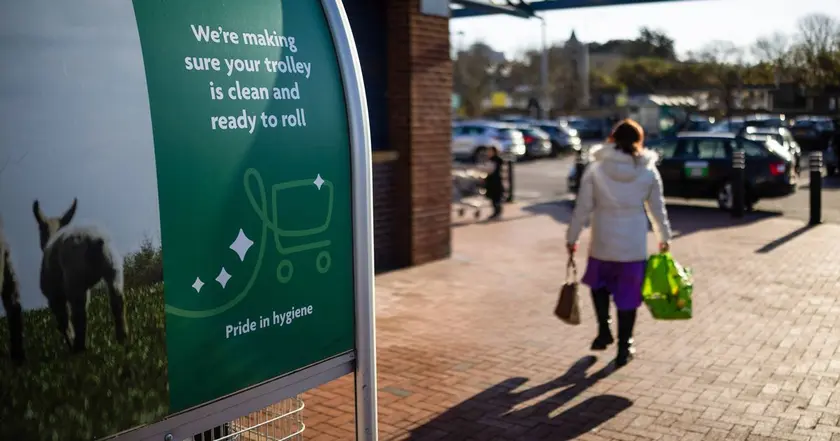T4K3.news
UK retail wave cuts 137 stores
137 stores will close by end 2025 as Poundland Iceland Morrisons and Homebase restructure to cut costs and focus on profitability.
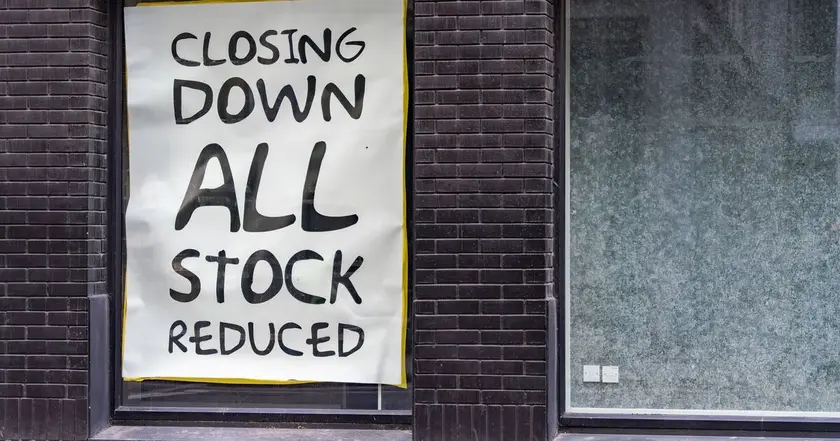
A broad downsizing by Poundland Iceland Morrisons and Homebase reshapes the high street as closures are scheduled through 2025.
UK retail wave cuts 137 stores across four chains
137 stores will close by the end of 2025 across Poundland Iceland Morrisons and Homebase as each company pursues a tighter portfolio and cost cuts. Poundland was sold for £1 earlier this year by Pepco to Gordon Brothers as part of a simplification of its business, and more than 50 stores are slated to close. Several closures have already happened this summer.
Iceland has confirmed two closures in 2025 as part of what it calls a strategic review of its portfolio. Morrisons has started a renewal programme aimed at cutting costs and boosting growth, including the closure of 17 supermarkets and about 49 in store cafes, along with trial changes to several service counters. Homebase is being reshaped after its 2024 sale to CDS Superstores, with around 70 sites planned to convert into The Range stores and thirteen locations closed in January 2025.
Key Takeaways
"Profits drive the footprint not nostalgia"
A concise takeaway on why stores close
"Closures are about trimming losses and sharpening focus"
Editorial note on the strategic rationale
"Shoppers in affected towns lose a convenient option"
Community impact sentiment
The moves show how big players try to protect profits in a crowded market. The overlap between discount and grocery formats highlights thinner margins and the need for sharper portfolios. The pattern points to a broader push toward lean operations rather than large footprints.
Communities will feel the effect when a local store closes. The shifts could push shoppers toward online options or larger stores that can spread fixed costs. The key question is whether the remaining network can keep accessible options in towns that rely on convenient nearby outlets. The industry faces a test of adaptation and resilience rather than a simple reset of shelf space.
Highlights
- Profits drive the footprint not nostalgia
- Footprints shrink to find a future
- Communities notice when a local store vanishes
- Retail is turning lean to stay relevant
Budget and public reaction risk
The scale of closures raises concerns about job losses, local economies, investor confidence, and public reaction to brand strategy. Regulators and landlords may scrutinize rent and closure timelines.
The high street remains in flux, with adaptation as the only constant.
Enjoyed this? Let your friends know!
Related News
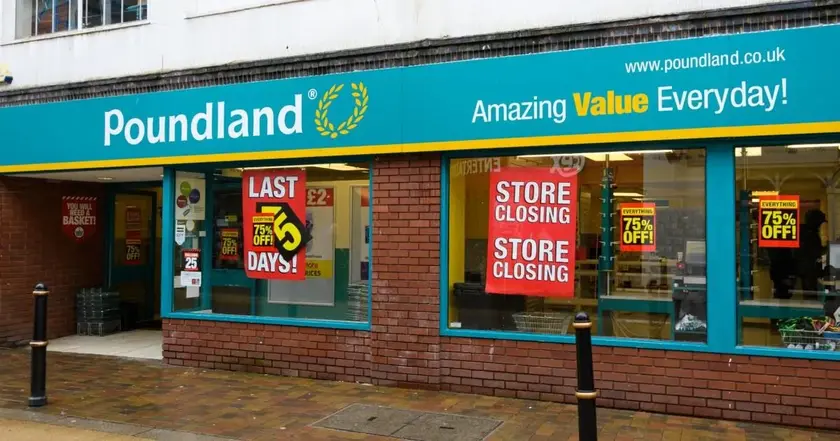
Poundland 38 stores set to close this August
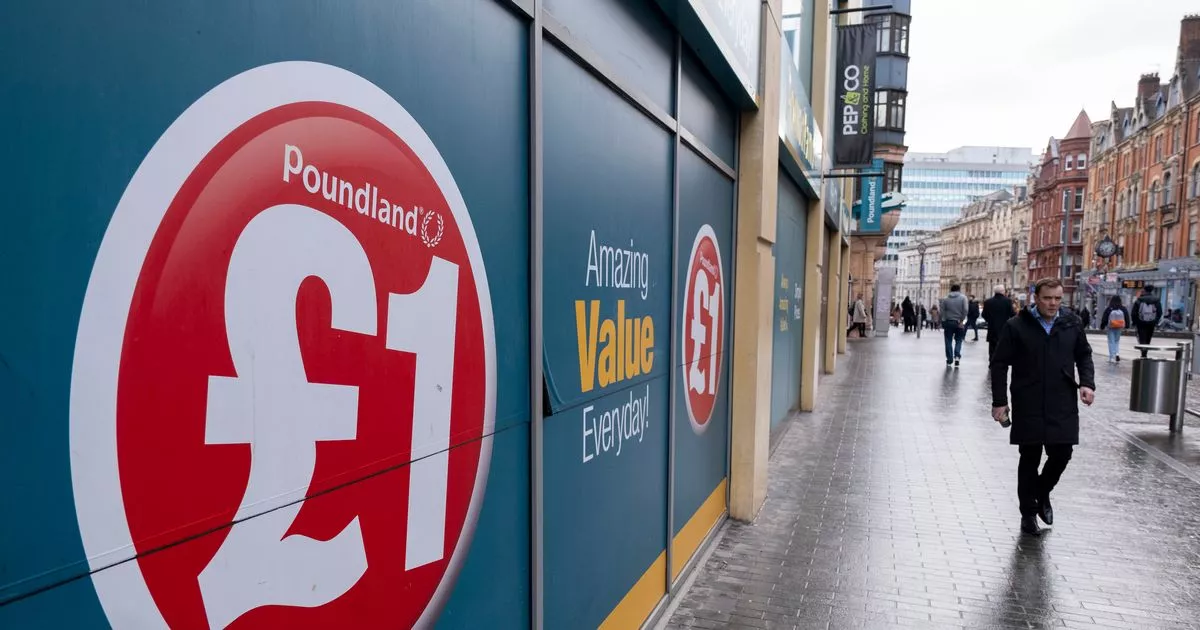
Poundland to close three Scottish stores
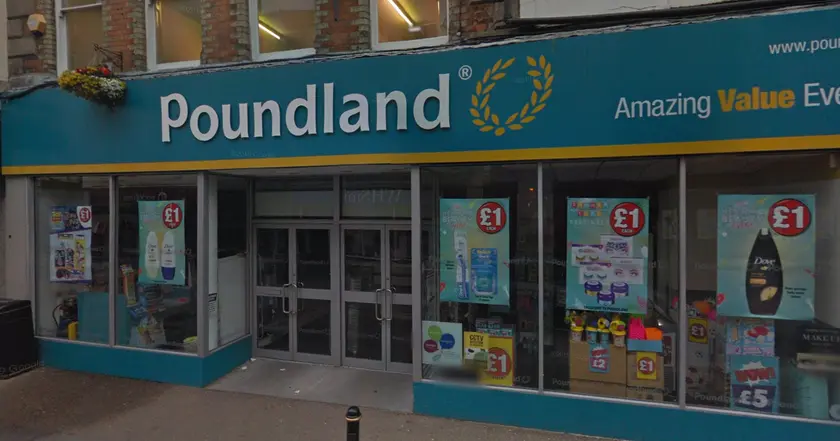
Poundland to close 32 stores in August
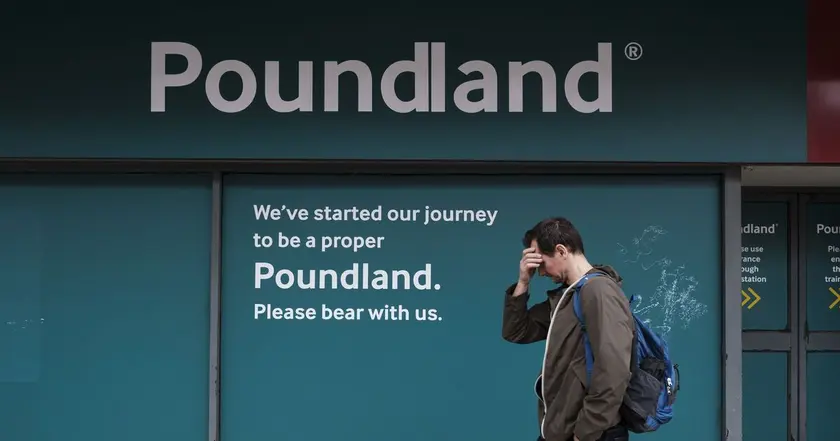
Poundland closes 15 UK stores this week
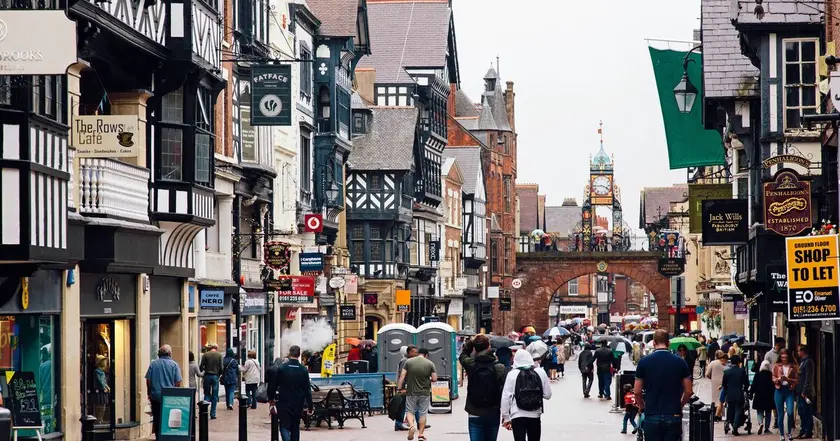
UK high street stores close in August
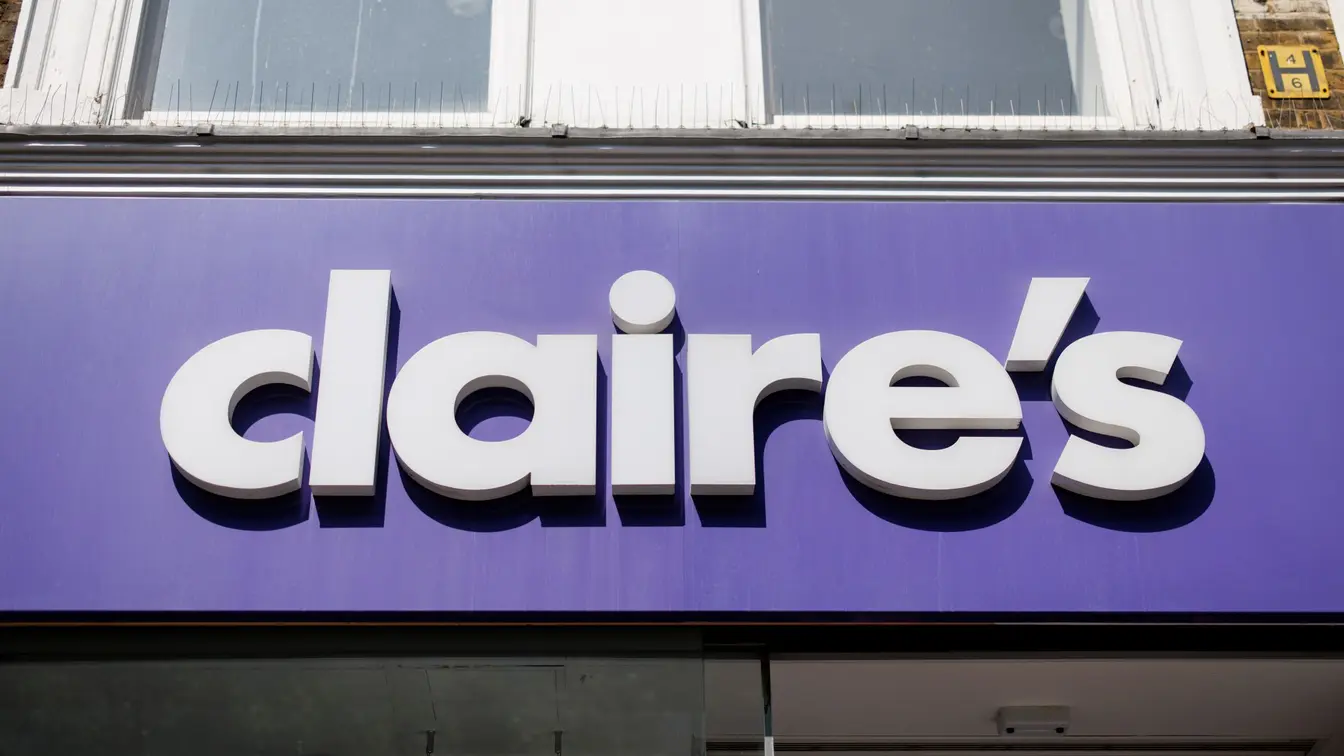
Claire's to file for administration in the UK
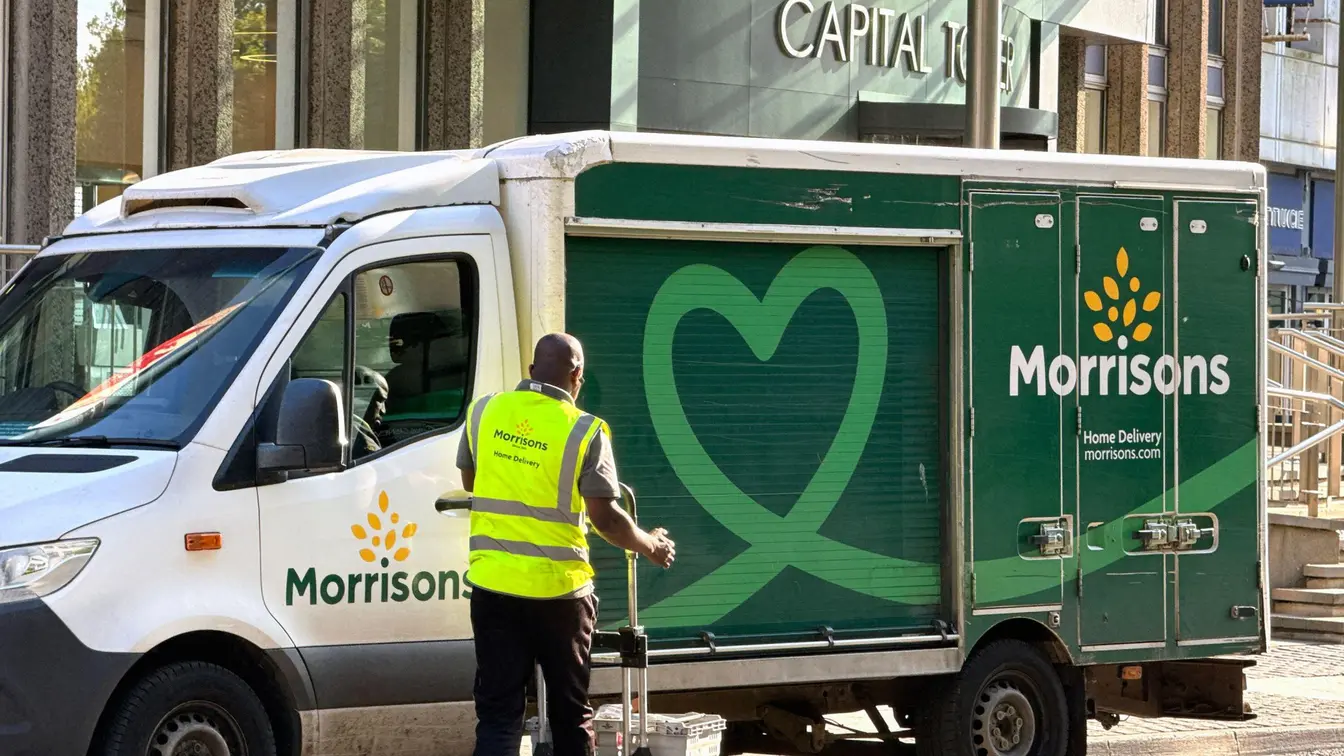
Morrisons lays off 3,600 workers and closes 17 stores
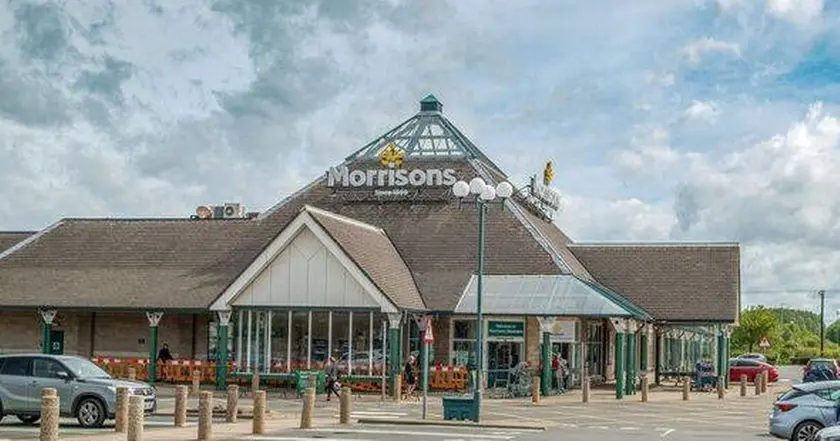
Morrisons cuts 54 cafes and 3,600 jobs amid cost pressures
